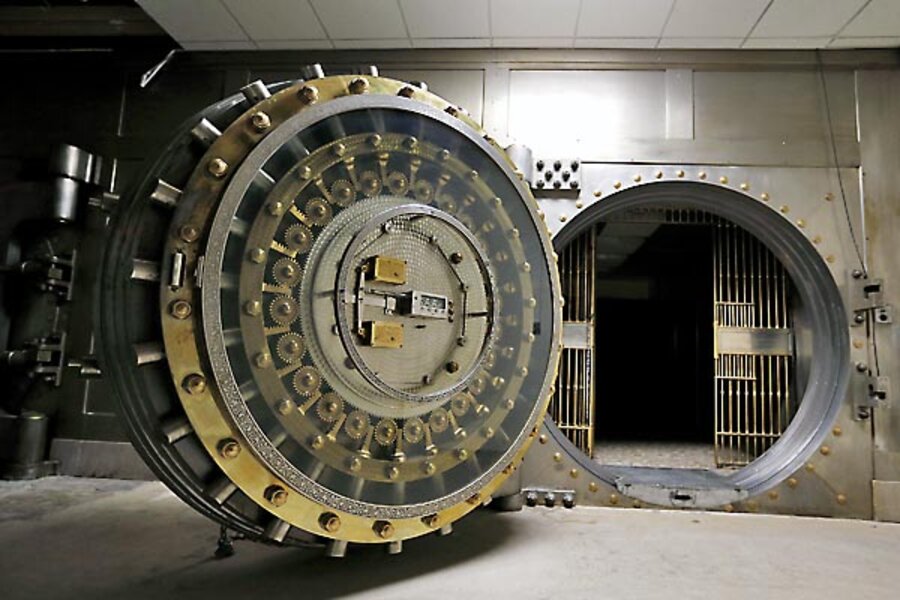Not saving for retirement? Start now.
Loading...
This article first appeared at U.S. News and World Report Money.
It’s pretty well established that if you start saving about 10% of your income for retirement starting at age 25 or so, you’re going to be in excellent shape for retirement when you hit age 65. This fact should be emblazoned on every single college and trade school diploma issued in the United States today: start saving for retirement now, not later.
Unfortunately, that fact doesn’t fit with most of us. Quite a few of us didn’t save at all during our twenties… and some of us didn’t save during our thirties, either. I hear from readers all their time in their late thirties or early forties (or even later…) who are just now realizing that they need to start saving for retirement or they’re going to work forever.
If this describes you, the obvious answer is to start saving immediately. Right now. If you’re reading this article and you’re a professional adult without any retirement plan in place, you need to start a retirement plan.
If your employer offers a 401(k) program with matching, run (don’t walk) to the HR office and sign up for that plan. Contribute enough to get every dime of that matching money because it’s essentially free retirement savings for you. If your employer doesn’t offer matching in their 401(k) program, look into opening an IRA. I recommend contributing 10% of your income to that IRA, for starters.
So, you’re saving. Now what? The first thing to think about is time. If you’re only contributing 10% of your income per year to a typical retirement fund, it’s going to take about 40 years of saving before you can safely retire. Like it or not, that’s the reality of it.
If you’re 30 when you start, that means you’re looking at retiring when you’re 70. If you’re 40 when you start, that means you’re looking at retiring when you’re 80.
Another problem is that simply doubling the contribution doesn’t mean that you can halve the time. You can’t expect to contribute 20% for 20 years and match what you would get out of 10% over 40 years. That would only work if you were getting no return on your money – if your retirement plan involves stuffing cash into a mattress, in other words.
No doubt about it – saving for retirement once you’re behind the curve looks quite scary. Thankfully, there are a few things you can do to help improve your situation.
First, get a Social Security estimate. The average American earns 40% of their retirement income from Social Security benefits, so knowing what you have coming to you can go a long way toward soothing retirement fears. The Social Security Administration offers a great calculator to help you figure out how much you’re going to receive in benefits. I strongly encourage you to plan on waiting until you’re as old as possible to start collecting benefits so you can maximize the income.
Second, look for ways to boost your income. Many mid-career folks have many opportunities for freelance work and side businesses that can supplement their current income. Instead of simply spending that money, however, channel all of it into retirement savings (or into a mix of retirement savings and debt repayment). If you’re unsure where to start, I suggest visiting your local library for information on side businesses and freelance opportunities related to your career path.
Third, if you wish to retire earlier than forty years from now, you’re going to have to save more.That means a higher percentage of your income. A good quick rule to use is that for every ten years you want to shave off of your goal, you need to double how much you’re saving. If you want to make it in thirty years, shoot for 20% per year. Twenty years? You should be saving 40% of your income per year. You need that boost to make up for the time you lost.
Finally – and this is the tough part – you may have to consider some lifestyle cutbacks. If you’re living a lifestyle that makes saving for retirement inconceivable, then you’re simply living beyond your means. You also can’t assume that “your ship will come in” someday and everything will be okay. Everyone has expenses that they can cut from their life.
It’s a challenging road – but it’s not an impossible one.
The post How to Approach Retirement Catch-Up appeared first on The Simple Dollar.








